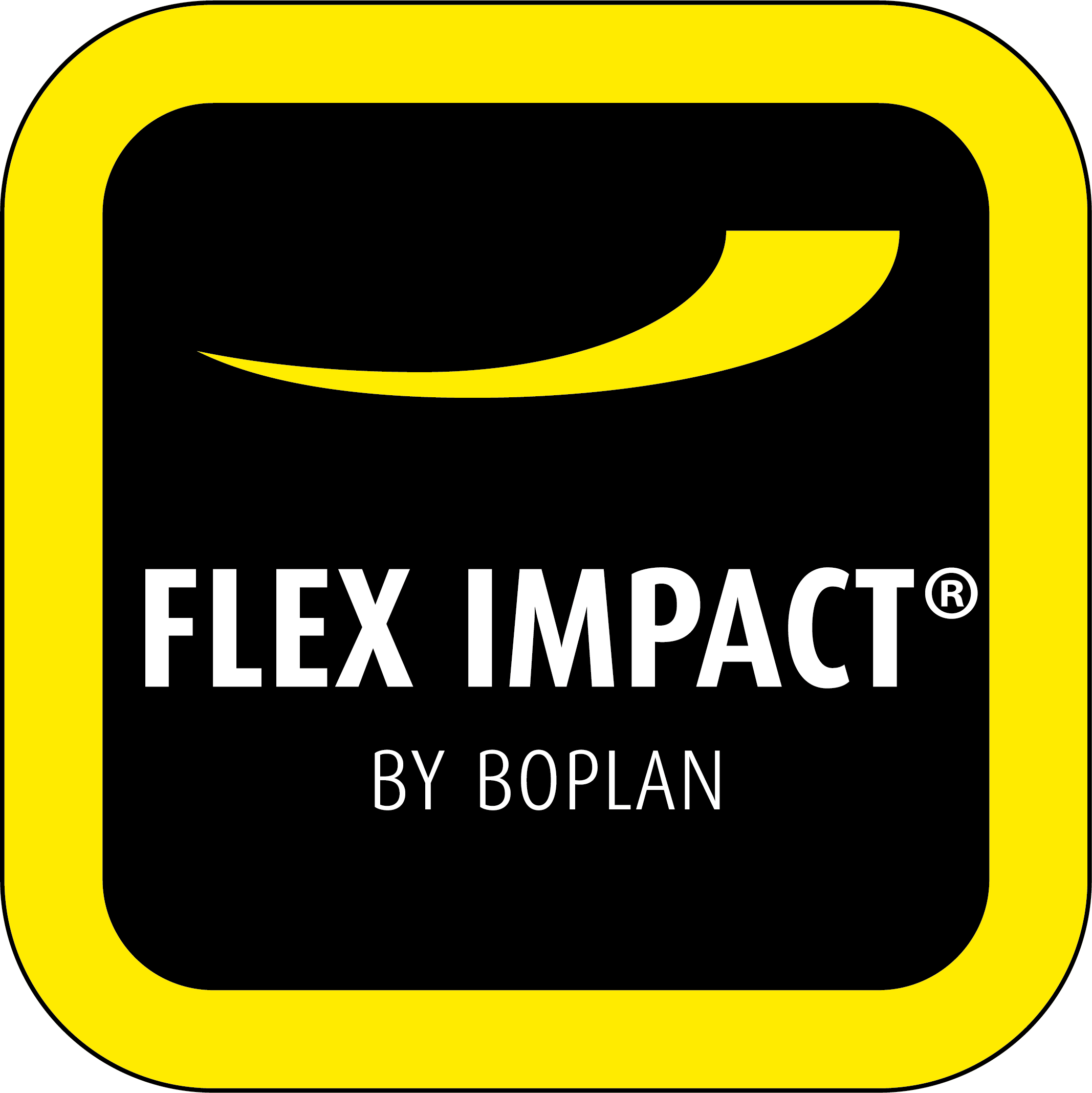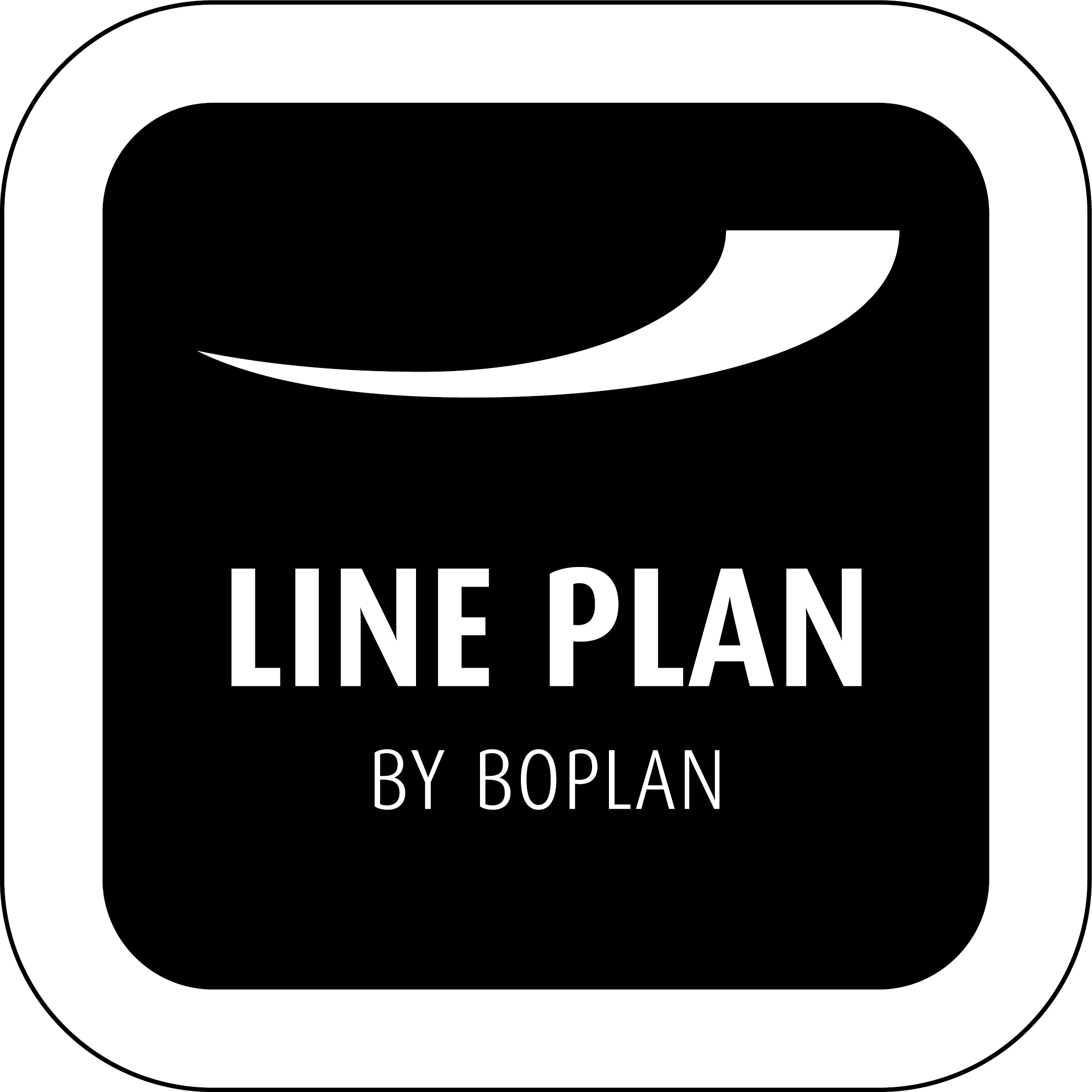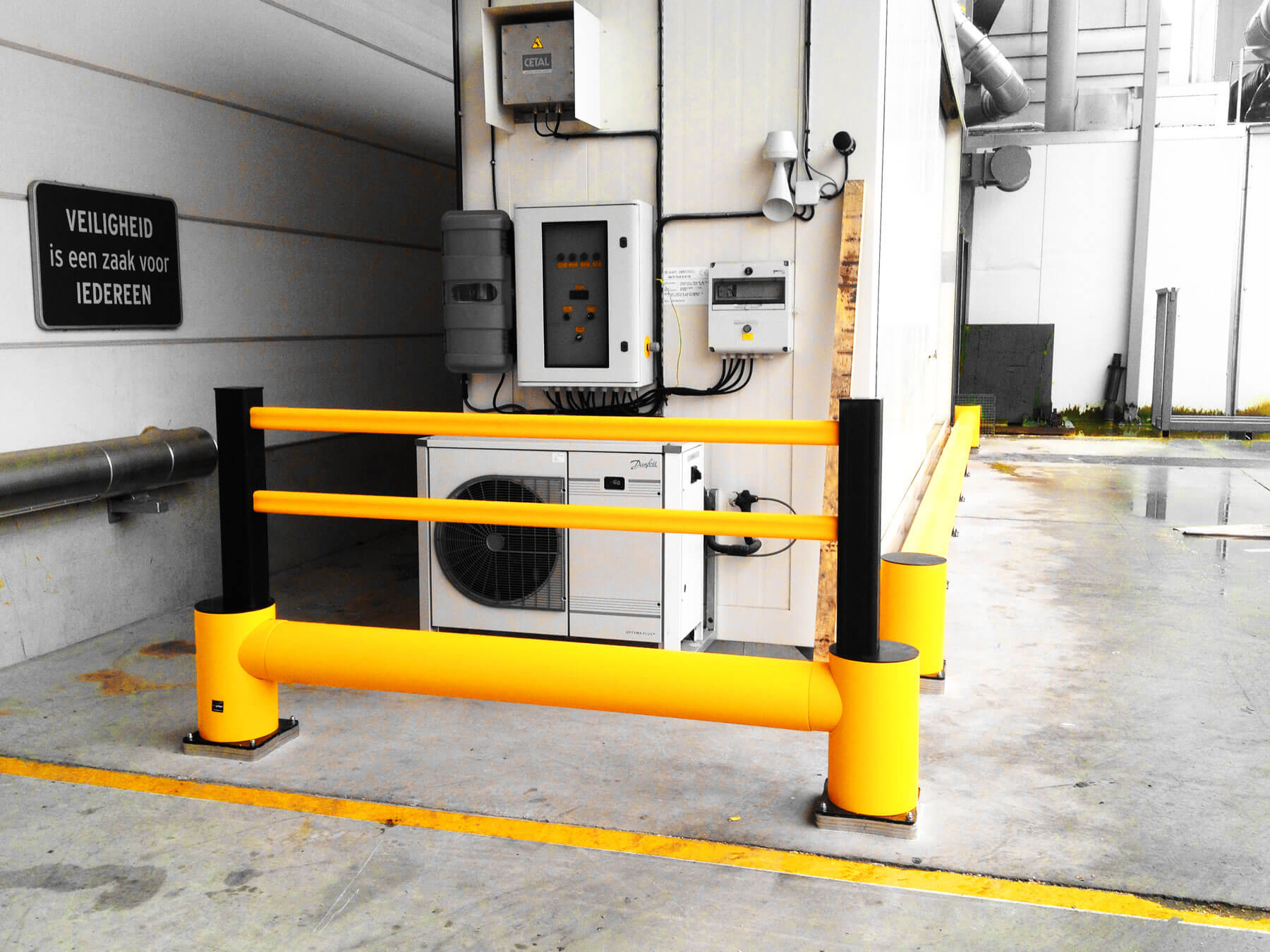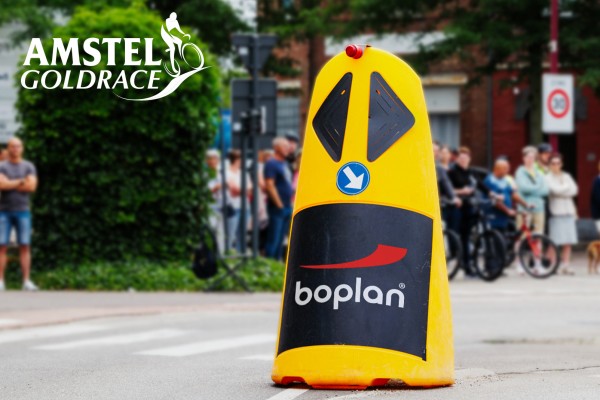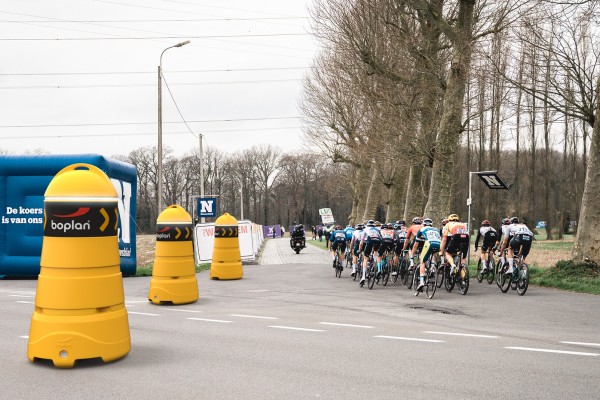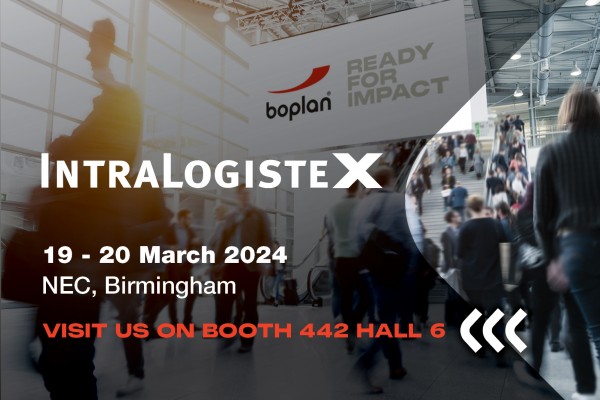Health & Safety: Flex Impact® - Repairing Damaged Warehouse Safety Barriers
8 August 2017 in Health and Safety Flexible Safety Barriers Boplan impact safety barriersRepairing Damaged Warehouse Safety Barriers
If you look around your warehouse and allow your eyes to be drawn to your safety barriers, are you greeted with the best in ultra-modern and durable technology or do you see tired, 20th century concrete and steel?
Traditional or retro safety barriers, such as steel barriers, require regular maintenance. To ensure that they are seen from vehicle operators it is imperative that they are regularly cared for and maintained. This means they must be cleaned and painted accordingly to ensure maximum visibility.
Traditional safety barriers are solely designed with the purpose of protecting whatever it is they surround, be that machinery such as a conveyor, a pillar supporting the structural integrity of a building, a walkway for pedestrian workers or simply the surrounding walls of the warehouse.
What Occurs When a Vehicle Collides with a Steel Barrier?
When a vehicle collides with a traditional safety barrier, the vehicle takes the brunt of the impact. This puts the health and safety of the employee operating the vehicle at risk and in high impact situations, resulting in the vehicle being severely damaged. The safety barrier will be weakened and require a replacement or a thorough repair.
Floor space in which the barrier was installed will also need to be appropriately mended. The bolts fixing the barrier into place will be forced out of the ground or bent into an unsafe shape resulting in cracks and chips in the concrete foundation. Repairing the floor takes time, is costly and means that area of the warehouse is off limits which may cause manoeuvring or task issues.
Why FLEX IMPACT® Products Are Superior
Our FLEX IMPACT® safety barriers are the most durable available. Our industry leading products are now used all over the world by some of the world’s biggest brands. Our safety barriers require little maintenance, the highly flexible polypropylene material retains visibility over time due to being coloured yellow right throughout, from the external surface area to the very core of the product.
If an impact does occur, our flexible safety barriers aren’t designed to solely protect properties or pedestrian workers within the barricade. The vehicle operator and floor will also be sufficiently protected. No bolts will be forced from the ground due to the amazing ability of FLEX IMPACT®, which absorbs impact and dissipates the force throughout the entire barrier rather than deflect it.
Unbeatable Protection
The protection available with our impact safety barriers with all people, structures, objects and machinery involved in the accident accounted for is a stark contrast from what is exhibited with traditional barriers. Our safety barriers absorb the shock of the impact as it is disbanded throughout the body of the barrier. Traditional barriers act as a force against a force, the result is a damaged safety barrier, floor, vehicle and potential harm to your employees.
Enquire Today for Your Safety
Why not enquire today and find out how we can upgrade your tired, old safety barrier network to one of our modern, sustainable systems? Our Flex Impact safety barriers are as strong as their steel counterparts with superior protection and a lot less hassle. Our product range is extremely adaptable compared to steel alternatives too. You can select a mix of protective barrier products and combine them into a single blockade to protect your workforce, building and the various expensive assets which keep operations running smoothly.
Our friendly staff will help guide you from conception to completion so you can be sure you are receiving the best possible service and product. For added peace of mind, it’s important to know that our Safety Barrier crash tests are not conducted in-house! We have our products tested by the Transpolis Laboratory, with research being led by Dr. Edmondo Di Pasquale of Princeton University. Results are completely independently analysed and concluded, without any influence from Boplan.


